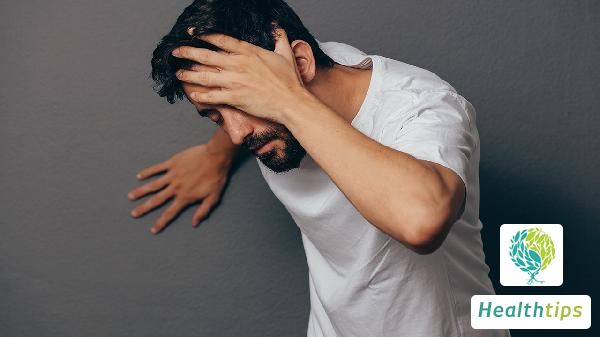Why Is There Bleeding After My Menstrual Cycle Has Ended?
Menstruation is a normal physiological phenomenon mainly formed by the periodic shedding of the endometrium. During menstruation, a woman's body becomes particularly weak. Bleeding after menstruation is primarily attributed to functional uterine bleeding, contact bleeding, bleeding during ovulation, hormonal disorders, and other causes. For a healthy woman, any bleeding symptoms outside of menstruation are abnormal and require prompt medical attention for gynecological examination.

"Functional uterine bleeding," abbreviated as "functional bleeding," is typically characterized by irregular menstrual cycles, excessive menstrual flow, prolonged menstruation, or irregular bleeding. These symptoms are primarily caused by dysfunction in the nervous and endocrine systems. Due to long-term irregular bleeding, some patients with functional bleeding may also experience varying degrees of anemia.
Contact bleeding refers to vaginal bleeding that occurs after sexual intercourse. It is an abnormal phenomenon that should be taken seriously. Generally, contact bleeding is associated with gynecological diseases. Once contact bleeding occurs, it is recommended to seek immediate medical attention to avoid missing the best treatment window.
Bleeding during ovulation typically occurs in the middle of two regular menstrual cycles. It is generally related to estrogen levels. During ovulation, estrogen levels briefly decline, leading to a loss of estrogen support for the endometrium. This results in the shedding of the endometrium and subsequent bleeding.
It is necessary to consider the possibility of menstrual irregularity and recurrence after menstruation due to unstable hormone levels. It is advisable to promptly seek medical attention for blood tests to assess hormone levels and undergo a uterine and ovarian ultrasound to detect any organic abnormalities. Based on the test results, appropriate medical treatment can be prescribed. If bleeding occurs during the middle of two menstrual cycles with minimal bleeding and no other symptoms or mild abdominal discomfort, it may be ovulation bleeding, which typically resolves within 3-5 days without special treatment. Daily habits such as maintaining cleanliness and hygiene in the genital area, eating a balanced diet, avoiding excessive picky eating or fasting, and managing a regular schedule are recommended.



















